A look at the Boca campus’ history as a former U.S. air base
The Boca Raton Army Air Field eventually aided the Allies to win the second world war.
February 19, 2018
More than 75 years ago, the sidewalks and parking lots of the Boca campus — now populated by college students — was once the stomping-ground for 16,000 WWII Army airmen.
In 1941, the Axis powers were becoming a serious threat to the nation’s eastern coast. In response, the United States quickly began expanding its armed forces — mainly its air force.
South Florida’s warm climate, flat terrain, and proximity to the Atlantic Ocean made the area ideal for aviation training. Boca Raton in particular was an isolated coastal town with only 723 residents, making it a perfect location for the government to move in.
The Boca Raton Army Air Field opened in October 1942. Constructed on 5,860 acres of land, the base was built to train cadets to fly B-17 and B-29 bombers and develop a new military instrument that would eventually win the war.
The U.S. Army Air Corps — now the U.S. Air Force — built 800 buildings on the airfield, intended for housing and classrooms. Only four are standing today after multiple hurricanes swept through the area and subsequent demolitions by FAU.
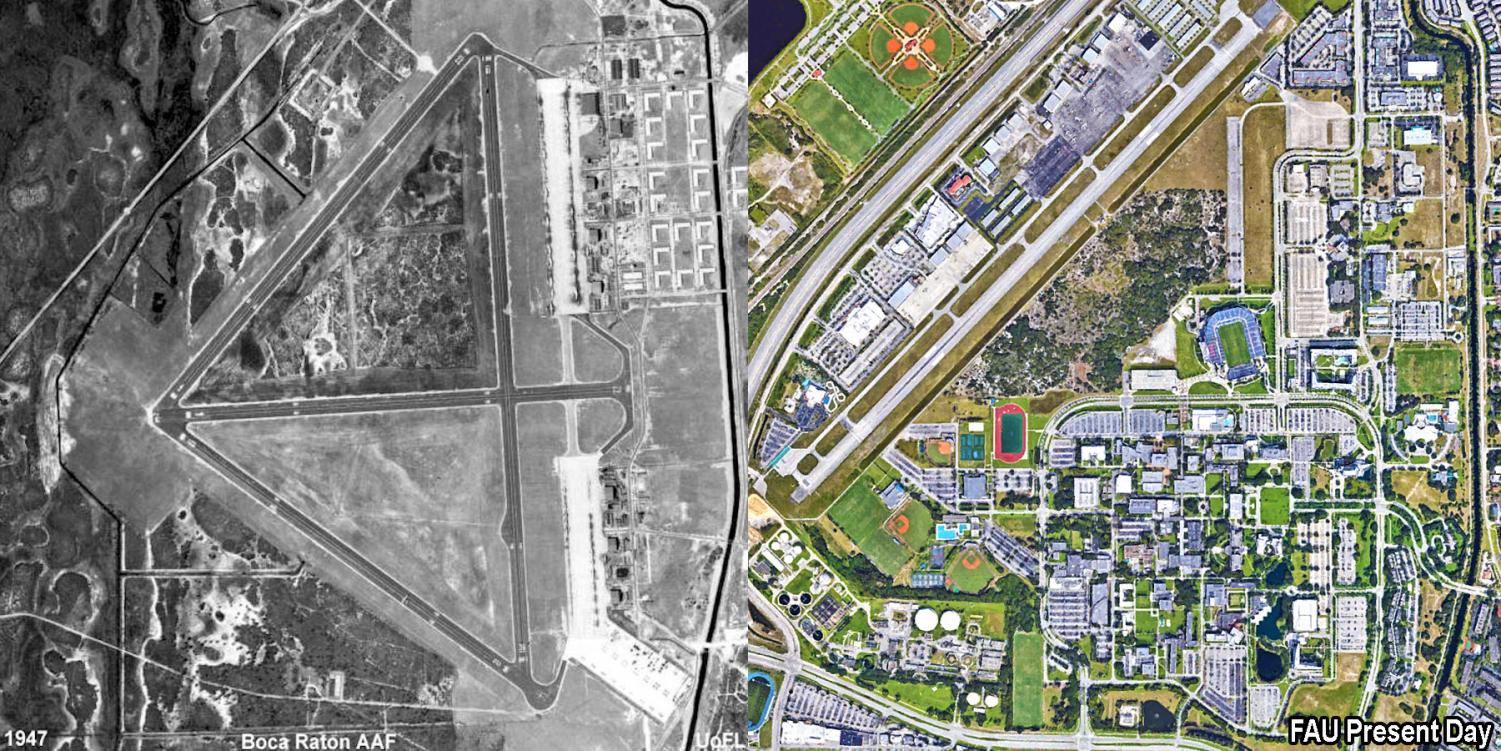
When viewed from above, it becomes apparent that the campus was built on top of four huge runways.
The Boca Raton Airport, which sits just west of the campus, was constructed atop the northeast/southwest runway of the former military airfield.
The old north/south runway is now Lot 5 behind the stadium and the northwest/ southeast runway cuts through the Student Union parking lot to the bottom corner of Lot 23.
The FAU campus takes up just 1,000 acres of the original 5,680 that made up the Army base.
The War Effort Comes to Boca
The Boca Raton Army Air Field occupied almost 10 square miles of land between Yamato and Palmetto Park Road and from Military Trail to Dixie Highway.
It was a rural, concrete, and barbed wire base that operated for five pivotal years between 1942-47.
Before the construction of the air base, much of the land was inhabited by Japanese farmers of the former Yamato colony. The U.S. government uprooted hundreds of families to build the base.
In the book “Small Town Big Secrets: Inside the Boca Raton Army Air Field During World War II” by Sally J. Ling, then 16-year-old Nora Simmons recounted the day she and her family were evicted from their Yamato home.
“The government took the land and moved our homes to Delray Beach. It was nothing but woods when we went there,” she said.
Along with the land, the military took over the nearby Boca Raton Club — now the Boca Raton Resort & Club — to use as temporary housing for thousands of troops, cadets, and officers.
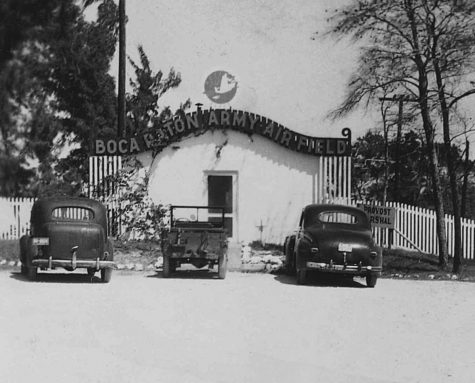
In only four months, 800 “T-buildings” were erected beside a triangular-shaped airfield with four major runways, costing $12 million.
From above, the placement of the buildings seem random. Some say it was due to minimal planning while others say it was a security measure against enemy air strikes, according to Ling.
Beneath the base was a maze of tunnels that served as storage facilities and shelter for on-base personnel. Those tunnels still exist today, with entrances dotting the Boca campus.
The Sunshine State’s Secret Weapon
Imagine sitting in a classroom, studying the mechanics of a top secret radio technology for hours at a time without taking notes or even speaking about the subject to fellow cadets.
This was the reality for thousands of young men training at the Army Air Corps Technical School of Radar.
In the early 1940s, radar technology — created to detect the location of objects like distant aircraft or submarines — was being perfected in a research facility at the Massachusetts Institute of Technology called the Rad Lab. In order to test its effectiveness in a war zone, they needed to strap it aboard a military fighter plane.
For that reason, radar devices were quietly relocated 1,500 miles down the coast to Boca Raton. The base became the only airborne radar training facility during the war.
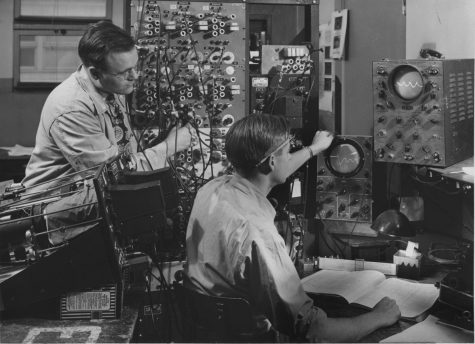
Airplanes from all over the nation came to the base to have the washing machine-sized radar equipment installed.
Not only did servicemen learn engineering and aerodynamic disciplines in the T-building classrooms, but they also conducted bombing runs over the nearby Atlantic ocean.
Former radar cadet Robert Davey told the University Press in a 2008 interview about his time at the base learning and conducting classified radar experiments.
“We were sneaky boogers back then. Radar was very hush-hush,” Davey said, who passed away several years ago.
“… After I graduated, I became a radar navigator aboard C-47s and DC-3 bombers over the Philippines, New Guinea and Dutch East Indies. Half of our work was flying brass (top-ranking officials) to these places,” he said. “It was kind of a taxi service, and we were a kind of carrier squadron. I truly appreciated this time in my life.”
Davey later learned that he was part of a select group who had been handpicked for their abilities to keep quiet, memorize what they learned, and perform a significant role with this “see-in-the-dark” radio wave technology that helped the Allies win World War II.
Standing the Test of Time
When the base opened in 1942, 800 boxy “L” and “H”-shaped buildings were built in fewer than four months with substandard lumber and concrete. They weren’t designed to survive past WWII.
The temporary, or T, buildings consisted of classrooms, housing, and storage for top-secret equipment.
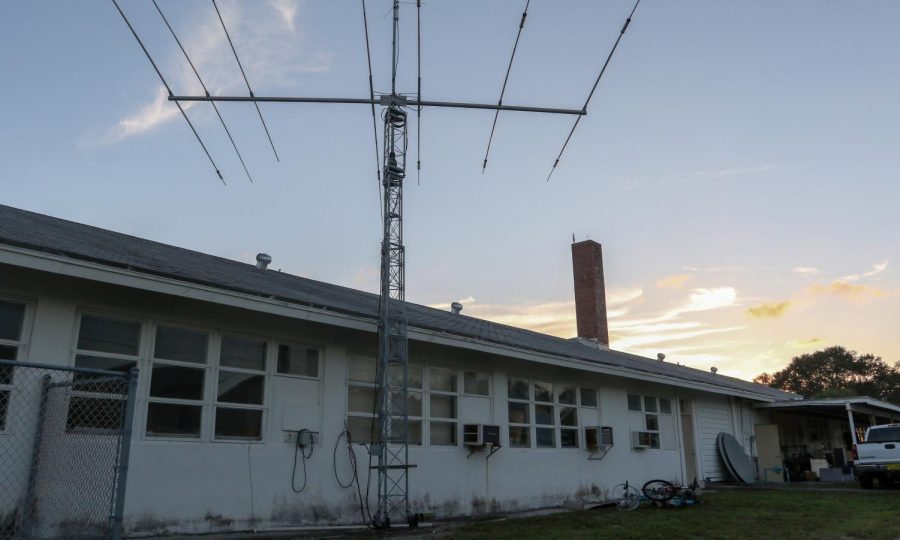
On Sept. 17, 1947, a Category 4 hurricane ripped through the base. Less than one month later, another Category 4 wiped out more than half of the T-buildings and forced any remaining occupants on the base to evacuate the flooded land. Years later, some of the H-shaped buildings around Spanish River were repurposed into houses/apartments.
T-3, T-5, T-6, T-10, T-11, and T-30 weathered two more powerful hurricanes in 2005 — Wilma and Katrina — but the damage was significant.
In 2002, then FAU president Anthony Catanese threatened to demolish the nine remaining T-buildings on campus.
The Boca Raton Army Air Field Preservation Society was formed that same year with local author Ling as chairperson. The UP reached out to Ling for comment about the current state of the society’s preservation efforts but received no response as of publication time.
In May 2006, FAU President Frank Brogan held a rededication ceremony in T-3, one of the largest intact structures, to celebrate its reopening as an office space.
Not even two weeks after the ceremony, a freak lightning strike burned T-3 to the ground.
The following year, three more buildings were demolished and T-6, T-10, and T-11 were given new roofs.
T-30 was the last edifice to be demolished by the university in October 2011. The vine-covered, radioactive, medical waste-infested T-building was used to store hazardous chemicals like flammable fertilizers.
Today, four of the 800 WWII-era barracks still stand on the northeast side of campus by the El Rio Trail and Lot 30.
Buildings T-5 and T-6 are used to store surplus furniture and as art studio spaces for students and instructors to create in solitude.
Preservationists pushed to turn the T-5 building into a WWII memorabilia museum in the mid-2000s but the idea never came to fruition.
FAU’s Army ROTC now resides in one section of T-11 as a recruitment office alongside the Small Business Development Center. T-10 used to be home to a large jazz music collection called “The Ivey.” Now it serves as a pottery workshop for graduate students.
All four buildings stand less than a quarter mile from Innovation Building Apartments toward the FAU Police Station.
Post-War Military Secrets
After the end of the war, the Air Field was shut down and the radar training program was moved to Illinois. But that didn’t mean the base was empty.
During the later Cold War, the government pursued the development of biological weapons to use against the Soviet Union if they became combative.
The base was closed but a small group of military personnel stayed behind to engineer a top secret fungal weapon called “stem rust of rye.”
From 1952-57, researchers planted wheat along the runways of the old air field that was sprayed with fungus spores. The idea was to dust chicken feathers with the fungus, load them into a container that would then explode over Russian wheat fields, thus, destroying the wheat grain, one of the country’s major food sources.
FAU Moves In
By the mid-1950s, the base was unused and dilapidated. The second world war was over, the economy was flourishing, and Baby Boomers were pursuing higher education in record numbers.
Florida needed another university.
FAU opened its doors in 1964 as Florida’s fifth public university and the first in the state’s southeast, offering only upper-division courses until 1984, when the university admitted its first lower-division undergraduate students.

Almost 80 years later, the campus still contains small reminders of the central role Boca played in ensuring America’s continued freedom.
From the tunnel entrances to the oddly shaped parking lots, remnants of the Boca Raton Army Air Field were left behind. Even though the students and their classes are vastly different, the sound of nearby planes taking off echoes the ground’s history.
Boca History Bites
Some of the base’s more notable happenings.
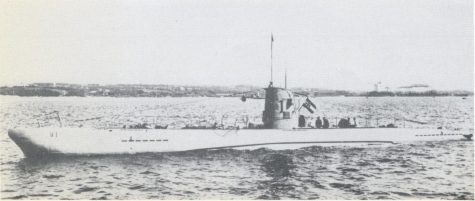
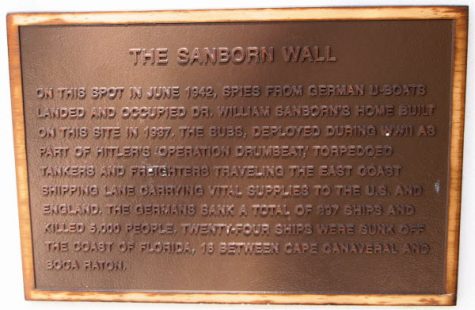

SOURCES:
The Boca Raton Historical Society and Museum
Palm Beach County History Online
WLRN
The Palm Beach Post
“Small Town Big Secrets: Inside the Boca Raton Army Air Field During World War II” by Sally J. Ling
FAU Special Collections and University Archives
The UP’s 2008 special issue on the history of the air base
Special thanks to Photo Editor Joshua Giron and Kevin Carver who helped with this adventure.
Katrina Scales is the managing editor of the University Press. For information regarding this or other stories, email scalesk2015@fau.edu.







Robert Emanuel • Apr 11, 2021 at 8:39 pm
GREAT photos, but the black-and-white past one on the left is labeled “1947” while the commentary under the picture itself claims it’s from 1942. So which year IS it? Just wondering since, in 5 years, a lot changed when the govt. turned over bases to the states.
Ms Pittman • Jan 21, 2021 at 9:18 pm
Can you expand more on the segregation issues at the time? Where were the black soldiers sent to live? Is there any information on who they were, their roles and the number of soldiers stationed there?
I would be interested in speaking to someone if they have additional information concerning black soldiers
Dr. Robert G. Brown • Nov 11, 2020 at 5:46 pm
I’m an emeritus professor who joined the original faculty in the summer of 1966. I taught at FAU 40 years.
My first office was in a T Building. T-3.
We drove to new classrooms directly and at high speeds down the runways, until later when lanes were established and given names. We were a graduate university at first, and projected to have 3,000 students by 1970. We didn’t. The campus was bare, and Burrowing Owl burrows and owls were seen at all hours of the day and night. Undergraduate students were added., more dormatories built, and outreach programs added. I retired in 2003.
Tricia • Oct 7, 2020 at 9:03 pm
My dad was stationed at Boca Raton in the early ’40’s. He was a radio operator. Today, I found a “letter on record” he recorded one night just prior to Christmas in 1945. He should have had 5 furlough days and was planning on going home to NY, but he never received them so decided to make a letter on record and send home instead. Dad passed away in 2010 at the age of 90. It was priceless to hear his voice, even if it was a 26 year old man talking. Tears rolled down my cheeks as I listened.. I recall dad sharing many stories about his time at Boca Raton. The living quarters were deplorable! I wish he were still alive to hear these records!
Chris Brosnahan • Jul 28, 2020 at 1:03 am
My lat father, Raymond F Brosnahan, was stationed there in the fall of ’43…he swore when we were young boys, that he would NEVER visit or move to, Florida…the heat & humidity were unbearable, your clothes rusted on the hangars, it rained every day at 2 PM and it could rain on one side of the street but not the other…he’s buried here in Palm Beach County…haven’t been south of 10th Ave North since 2006, but every time I passed FAU in previous years I’d glance to my right – if I was traveling north and remember pop…at one time this was one of the most important training centers of the USAAF…early ECM (EW – Electronic Warfare) and radar training…glad I found this link…
Michael Bell • Jun 23, 2020 at 11:49 am
A few thoughts from working in several T Buildings. The original contract to build them specified a ‘usable life’ of FIVE years. The T Buildings I lived in on other bases all had a (one) coal stove for heating. On one of my bases, when it was time to remove the T buildings, they were sold for $100; the buyer had to clear the building and level the ground. !
In Boca, during the War, the improved radar was SUCH a competitive edge that the rules in the radar technician training classes were VERY strict, to maintain secrecy. A radar technician could lose a STRIPE as punishment for using the word ‘ radar’ outside the classroom.
One of the T Buildings we worked in (T-11 ?) housed the US Army Air Force pilots during the War. The German U Boat menace off the US East Coast was so severe that the military stationed the P-51 Mustang at Boca. This aircraft was known as ‘the Cadillac of the skies,’ and flew at 440 mph, incredible for that time period. I swear that I could hear the young premiere pilots talking, from the walls of their WW ii barracks building.
I hope we NEVER lose this history.
Jason Pelish • Feb 11, 2020 at 3:57 pm
Great article! I love the way you wrote it. Fact filled. No fluff. Very interesting. Made me want to know more. 10/10
Shelly Clarke • Nov 29, 2019 at 11:11 am
My father freelanced at Boca Raton AFB in 1945-1946
In their base newsletter and wondered if there is any way to get copies or have access to them online. My dad is now 92 years old and has bern asking if we could get them for him. His name is Sergeant Jack (Albert) Landers. Any help would be gratefully appreciate!
Thank you,
Sincerely,
Shelly Clarke